Get the Maximum with Minimalism

There are many ways to approach photography. When something catches a beginner’s eye, they just point, and click. (What innocent bliss!) With experience, photographers start thinking about subject placement and the Golden Ratio. But have you ever thought about taking composition to the extreme, for example by shrinking the main subject until it’s almost invisible, or by practically eliminating the background? That’s minimalism. What do you get after that? Well, if you want to take a break from the sea of Christmas ornaments around you, read on.
Minimalism is a style where you eliminate all parts of a photograph that are not criticially important.
A very common example here is capturing an isolated tree in a landscape. This is such a popular theme that some photo banks have started explicitly asking photographers not to send photos like this.
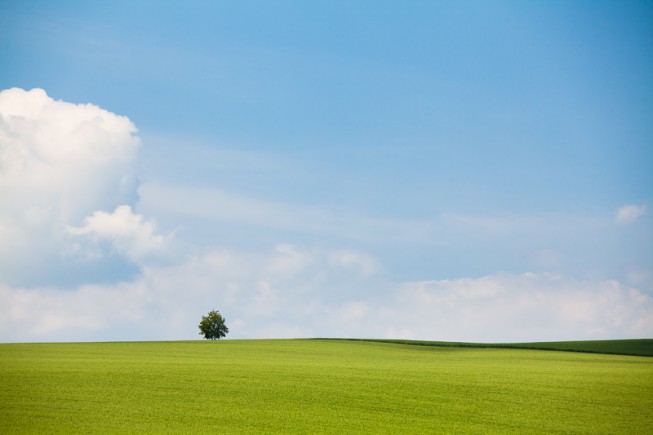
The key for these minimalist pictures is to properly frame and isolate the subject. I have no idea anymore how the surroundings looked in the case of the previous picture, but it’s quite possible that there was a forest on one side, and a highway or electric poles on the other. All of that would divert my audience’s attention. By leaving out elements like these, you can get a much stronger effect on your audience.
Winter, meanwhile, gives you unique opportunities here. Snow can drastically simplify a scene. If you wait for a snowy landscape and a white sky, you can experiment with high contrast for everything else:
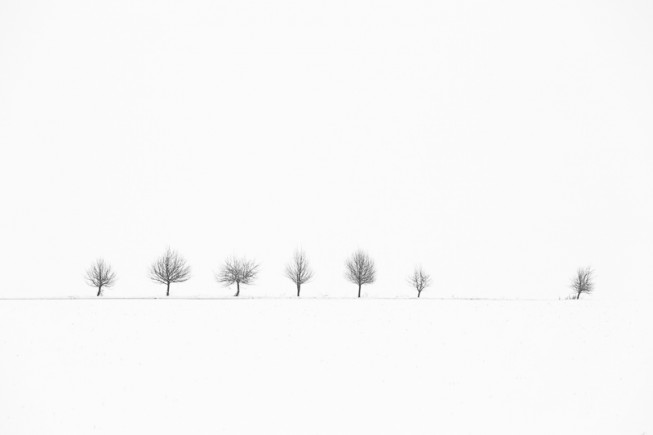
Our next picture looks very different, but it’s just as minimalist. The sharp sunlight against the lens produces very strong contrast, making the remaining objects practically black. But the scene itself would look empty if not for the two people amid the reflection on the ocean surface.
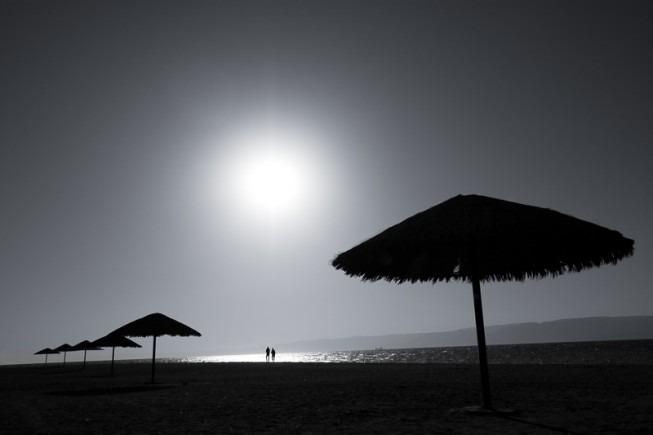
The following photo with an isolated bird is in a similar style to the isolated tree. In these pictures, every detail counts. The picture would look different with two, one, or no birds flying in the background. In the end I left two birds, but I’m still not sure if that was the best variant.
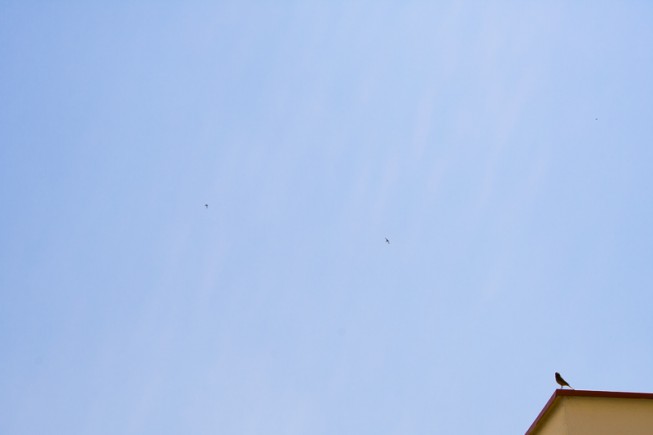
But I don’t always have to have the sky as my background. I can also get pictures with minimally distracting surroundings using the walls of buildings, for example when a plant is creeping along a facade that has no visual impact beyond a little noise:
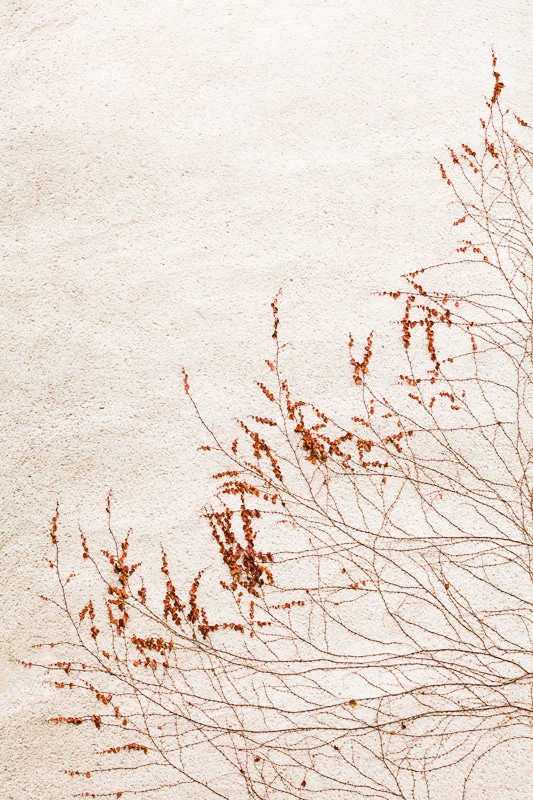
Detail of a creeping plant on an anonymous wall. Canon 5D Mark II, EF Canon 70–200 mm F2.8 IS II, 1/60 s, F4.5, ISO 160, focus 70 mm.
There are many other pictures that could be classified as minimalist, such as e.g. the blurred abstract photos that we wrote about in the runup to last Christmas.

So if you want to try something new, on your next photographic adventure, try looking carefully around you and picking out the simplest composition. This is an approach that can help you train your attention and your photographic eye. And if you have taken some minimalist pictures recently, we’ll be delighted if you leave an example of them in the comments. There can never be too much inspiration!

TerryB
Vit,
Odd, but the most minimalist image, that of the group of trees is, for me, the most thought provoking. I really like it. I keep coming back to it, and each time I have a different thought about it.
Vit Kovalcik
Cool, I am glad you like it! I didn’t have any specific message in mind when shooting that, but also it is not a randomly taken photo. On that day I’ve got myself into a car and drive around with the single reason to search for this kind of minimalistic B&W pictures. It was fun, but surprisingly difficult at times to find something even remotely photogenic.
Jorge
Bien, no leo inglés, pero traductor mediante he seguido el tema de esta página.
En mi caso no siempre utilizo la sección áurea en la composición y me gusta utilizar el instínto en la captura. Me parece un excelénte trabajo el que veo aquí (disculpas por la atrevida evaluación), tanto en composición, color, enfoque y tema. Aquí en Uruguay jamás tenemos nieve, nunca, no se conoce (ja,ja), y tal vez sea de los temas expuestos el que me queda pendiente de incursinar.
Ok, pero no se trata de evaluar tu trabajo, si no, de agradecerte los consejos.
Gracias.